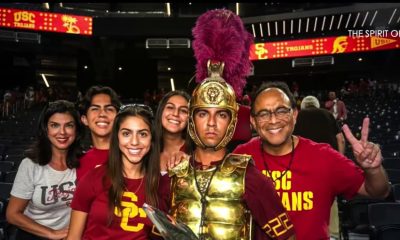Local News
Minnesota upsets No. 11 USC 24-17 on Brosmer’s 4th-and-goal sneak with 56 seconds left – NBC Los Angeles

[ad_1]
Minnesota coach P.J. Fleck faced a crucial decision, in a tense fourth-and-goal situation with the game tied late, but in his mind there wasn’t even a choice to be made.
“How often do you have an inch to go beat USC?” Fleck said.
Max Brosmer powered into the end zone for Minnesota from the 1-yard line with 56 seconds left, his third rushing touchdown of the game for a 24-17 win over 11th-ranked Southern California on Saturday night.
Brosmer, who went 15 for 19 for 169 yards passing, buried himself in a crowd of blockers and found enough of a crease to cross the goal line. The officials on the field ruled him short, but the replay review resulted in a reversal the entire stadium knew was coming.
“It was just the best way to finish,” Brosmer said. “To have all your boys around you at that moment when you’re literally face to face and you’re screaming at each other, ‘Yeah! Let’s go!’ when no one else can see it, it’s pretty cool.”
With the Trojans (3-2, 1-2 Big Ten) out of timeouts, Miller Moss hustled them up the field before his heave to Duce Robinson from the 28 into double coverage was picked off by Koi Perich in the end zone.
“I knew he was throwing to the 6-6 guy,” Perich said. “That guy’s huge. Just go up and make a play, and I made it this time.”
Darius Taylor had 200 yards from scrimmage for Minnesota (3-3, 1-2), including 144 yards on 25 rushes to lead the comeback that culminated with a crowd storming on the field in celebration of the Gophers’ first win against the Trojans since 1955. USC leads the series 6-2-1.
With USC leading 17-10, Moss was pressured off the edge by Jah Joyner with 10:11 left when his follow-through was disrupted and the ball floated forward for a diving interception by Devin Williams.
Minnesota went 65 yards in six plays for Brosmer’s second rushing touchdown, an off-tackle keeper that tied the game with 7:08 to go. After forcing a three-and-out, the Gophers started the game-sealing drive.
Moss, who topped the 300-yard mark twice in the first four games, went 23 for 38 for 200 yards and one touchdown against a Minnesota team that entered the week leading the FBS in pass defense.
“Stuff was there offensively,” Moss said. “I felt like we were running the ball well.”
Woody Marks had 20 carries for 134 yards and a touchdown for USC, which tied for its lowest score in three seasons under coach Lincoln Riley. The Trojans’ longest gain was 21 yards.
USC started sluggishly on offense for the third straight week. They trailed Michigan 14-3 at halftime of a 27-24 loss and fell behind Wisconsin 21-10 at the break before rallying to win 38-21.
Taylor lost a fumble at midfield when Kamari Ramsey jarred the ball into the air with 27 seconds left before halftime. The Trojans had just enough time for the tying 54-yard field goal by Michael Lantz, who began his career at Minnesota in 2019 before a back injury temporarily halted it in 2021. He resurfaced at Georgia Southern and transferred to USC.
Lantz missed a 47-yard field goal at the end of the first drive right after Zachariah Branch dropped what would’ve been a first-down catch at the 22. Late in the second quarter, Quinten Joyner lost a fumble at the Minnesota 38 when Perich dislodged the ball.
Robinson’s 3-yard touchdown catch with 7:13 left before halftime put USC on the board, just the second passing score against Minnesota this season.
“We’re still putting ourselves in position to win these games,” Riley said. “We need to make one more play to push ourselves over the hump.”
Just like home?
Minnesota welcomed USC with a kickoff temperature of 71 degrees, the warmest October game for the Gophers in 16 seasons. This was a night game, too, topping the afternoon start against Rutgers (66 degrees) on Oct. 29, 2022, that was the previous high for the month.
Poll implications
The Trojans will undoubtedly drop in the next round of AP rankings that will be released on Sunday, likely at least five or so spots.
The takeaway
USC: Awareness and discipline ought to be on the to-do list for this week. The Trojans took eight penalties for 59 yards, including an unnecessary roughness call on Easton Mascarenas-Arnold for body slamming Perich during a punt return in the fourth quarter that jump-started Minnesota’s game-winning drive with an extra 15 yards.
Minnesota: Fleck ended his postgame news conference two weeks ago after a dispiriting loss to rival Iowa by imploring fans not to give up on this team. The Gophers nearly rallied to beat Michigan last week with a 21-point fourth quarter, only to have an onside kick recovery with 1:37 left negated by a dubious offside penalty in a 27-24 loss.
“We’ve played some really good football teams and came out on some short ends, but this team has been resilient,” Fleck said. “They’re tough. They learn from those mistakes. They learn from those times.”
Up next
USC: Hosts Penn State next Saturday. The Trojans and Nittany Lions, who were ranked seventh in the latest AP poll, last met in the Rose Bowl on Jan. 2, 2017, in a 52-49 victory by USC.
Minnesota: Plays at UCLA next Saturday night. The Gophers last played the Bruins in 1978.
[ad_2]
Source link
Local News
Seedlings from NASA’s Artemis mission planted in Orange County – NBC Los Angeles
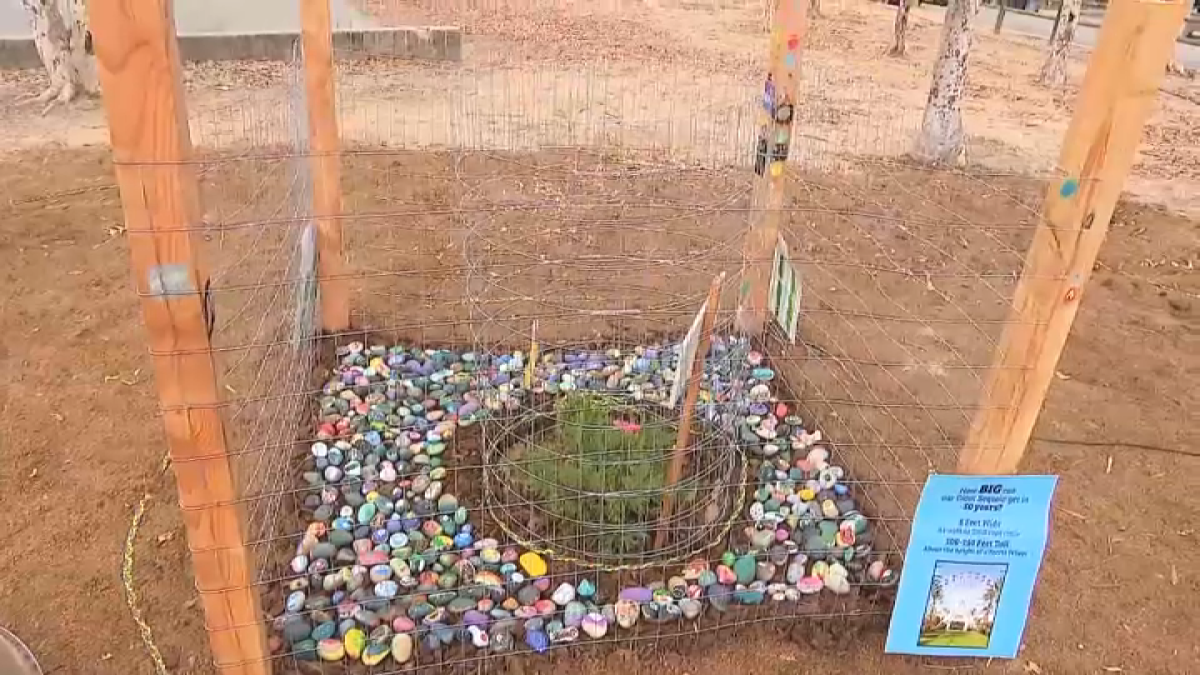
[ad_1]
To the moon and back, twice!
After NASA flew tree seeds to the moon as part of its Artemis mission, those seeds are now seedlings, and one Orange County elementary school got the honor of planting one.
Santiago STEAM Magnet Elementary school in Lake Forest was one of 50 recipients of a “moon tree.” The school was chosen from several hundred applicants across the country to plant the seedling in its community, according to NASA.
“It’s about maybe 1 and a half feet tall. It’s bright green,” said Emily Aguesse, a sixth grade student. “And it’s very beautiful.”
Aguesse and her schoolmates won’t be around to see the Giant Sequoia fully grown. None of us will.
“It’s going to be very, very big in about 500 years!” exclaimed Aguesse.
But future kids will learn the story behind Aguesse and her schoolmates, and how the tree earned the name: Moon tree.
“(It’s) literally out of this world,” said Aguesse. “It went around the moon twice actually.”
After careful review of hundreds of applications, NASA selected organizations from across the country to receive “Moon Tree” seedlings that flew around the Moon on the agency’s Artemis I mission in 2022 to plant in their communities, according to NASA’s website.
Aimee Burdette, who teaches 4th grade at the school, said getting the moon tree was a team effort by the students, parents and community.
“They found this grant, and they worked tirelessly to apply for this,” said Burdette. “And when they saw how many things we were already doing at the school that makes stewards for a moon tree, the way we compost, the way we connect with our gardens almost every day. Yes! Of course we need a moon tree.”
Stacy Fudge is a third grade teacher who also worked on the application.
“They don’t typically give them out to schools that often,” said Fudge. “So we were one of the first school elected.”
As the tree needed a special day and tree planting ceremony, more than 500 students, parents, teachers and community members gathered Monday to plant their moon tree.
“I think having a space traveler come to our school and grow with our kids is pretty exciting,” said Liz Gibson, who was in charge of organizing the special tree planting ceremony Monday. Her son Wyatt is in 5th grade.
“I helped put the tree into the ground,” said Gibson. “It was a lot of stress because one wrong move could make all the work for nothing.”
The moon tree will grow in one of several gardens at the school.
“We are seeing the connection being built in front of our eyes,” said Wyatt’s mother. “Kids don’t always learn from hearing a story or watching a video – by creating hands on opportunities and shared experiences, they are not learning about the world from a book, but being active participants in it.”
This lesson is one from out of this world that students hope will live on for generations to come.
“I think it would be really nice to take my great grandkids to this tree and say I planted that,” said Aguesse. “And this is how big it was when I planted it.”
[ad_2]
Source link
Local News
Operation to save Hollywood doe who has bone stuck in her mouth – NBC Los Angeles
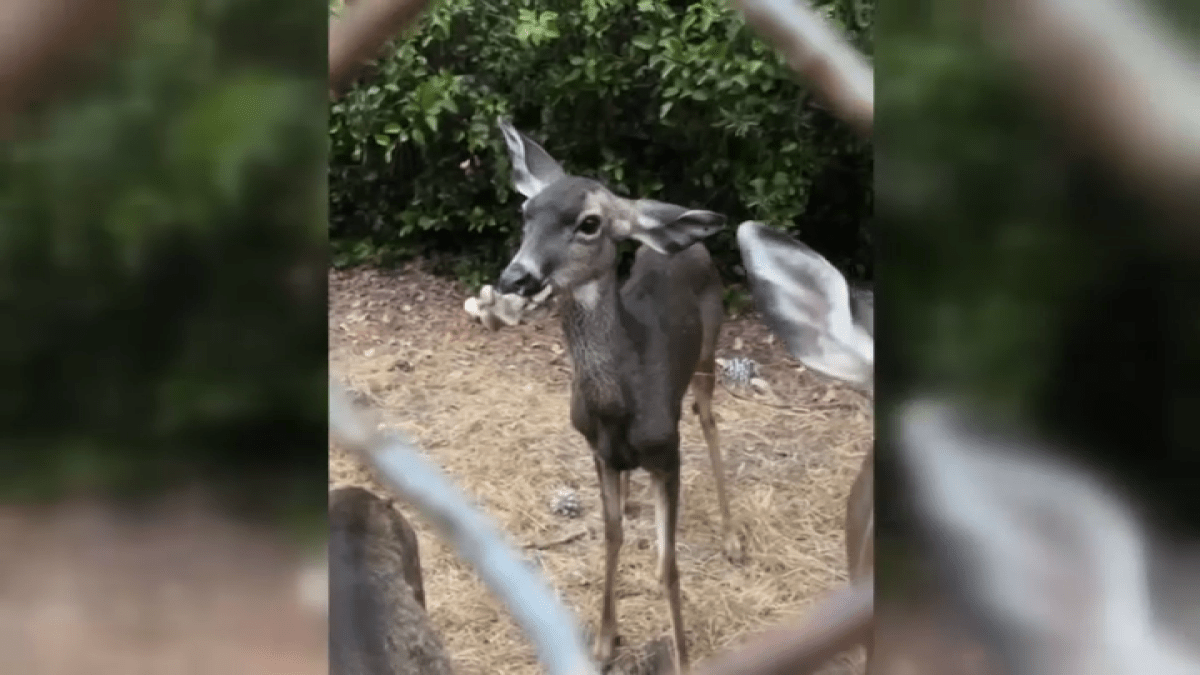
[ad_1]
Officials Tuesday conducted an operation in Hollywood to save a deer that appears to have a bone stuck in its mouth and throat.
The Department of Fish and Wildlife closed and locked the popular entrance to Lake Hollywood as they looked for the injured deer Tuesday.
“She has what looks to be a femur bone, lodged in her mouth and her throat,” Kevin Howells, a biologist with the state agency, said.
People who live nearby alerted officials with the Department of Fish and Wildlife after the video clip of the deer began circulation on social media.
The doe appears to be part of a small herd made up of seven of eight deer that live in the lake area.
“I saw her briefly yesterday afternoon. But she went down-slope toward the water, and I didn’t have a chance to immobilize her,” Howells explained.
Officials planned to immobilize the doe with a tranquilizer dart then remove the bone and give her whatever medical treatment she needs before releasing her.
They hoped to catch her quickly as the deer may have trouble eating.
“She’s not quite emaciated yet, but she’s on her way,” Howells explained. “She’s obviously, I believe, incapable of getting water and of browsing as well.”
Browsing is how deer eat, plucking leaves or shoots for food, according to Howells.
If the bone is not removed, the doe is likely to die. And she’s susceptible to infection and predators .
The mystery part is how it happened in the first place as deer typically eat berries, nuts and twigs.
“Deer do chew on bones to get nutrients they’re lacking in their diet, so that’s a possibility,” Howells said. The doe must be in pain as it appears to be uncomfortable, he continued.
[ad_2]
Source link
Local News
San Gabriel native fosters community of nature lovers with nonprofit – NBC Los Angeles
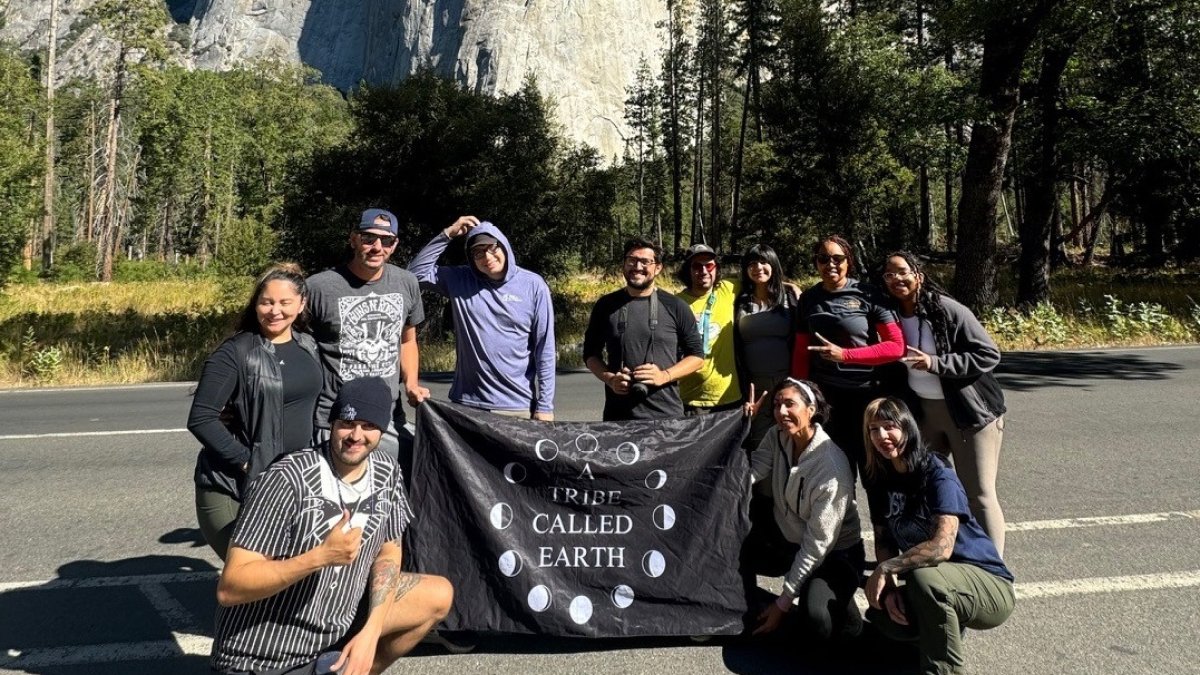
[ad_1]
What began as a desire to show communities of color ways they can access the outdoors has grown into a nonprofit organization with devoted members that dedicate their time to teaching others how to care for the environment and each other.
We Explore Earth, a nonprofit organization based in Southern California, marries founder William Vazquez’s love for nature and community ad his wish to provide an outlet for the public to connect with the natural world and others.
Vazquez, who grew up in San Gabriel, said his upbringing is what inspired him to create the group.
“I’ve always loved the outdoors, but I’ve always seen that there’s a lack of provisions for bridging and exposing the outdoors, brands and outlets to people of color,” he said. “My parents are both Mexicans and I’m first-generation. I thought that if I haven’t been really exposed to the outdoors and all these brands and outlets, I’m sure I’m not alone in this, so I felt that was a calling.”
Planting the seed
Vazquez’ experience as a production assistant for Jimmy Kimmel Live and then an event producer for Dim Mak Records has served him well with his nonprofit.
Using that experience for his organization, he, along with other leaders and active members of We Explore Earth, host a variety of events that range from hiking adventures, environmental cleanups, movies in the park and more.
“Finally, had felt like I got what I needed to do to produce events and make my vision come to life,” Vazquez said. “I always wanted to produce events and festivals and grow my own organization where I can cultivate and create these projects with fellow like-minded individuals.”
That cultivation came in the form of local cleanups and outings that swelled into a larger movement that’s fostered a sense of community with other nature lovers in Southern California. The group emphasizes respect for the environment and acceptance for all individuals from different walks of life.
“The outdoors and nature as a whole, anywhere out in the wild, in the city, in the mountains, is meant for everyone to explore, thrive in and protect as an individual, but also as a collective,” Vazquez said.
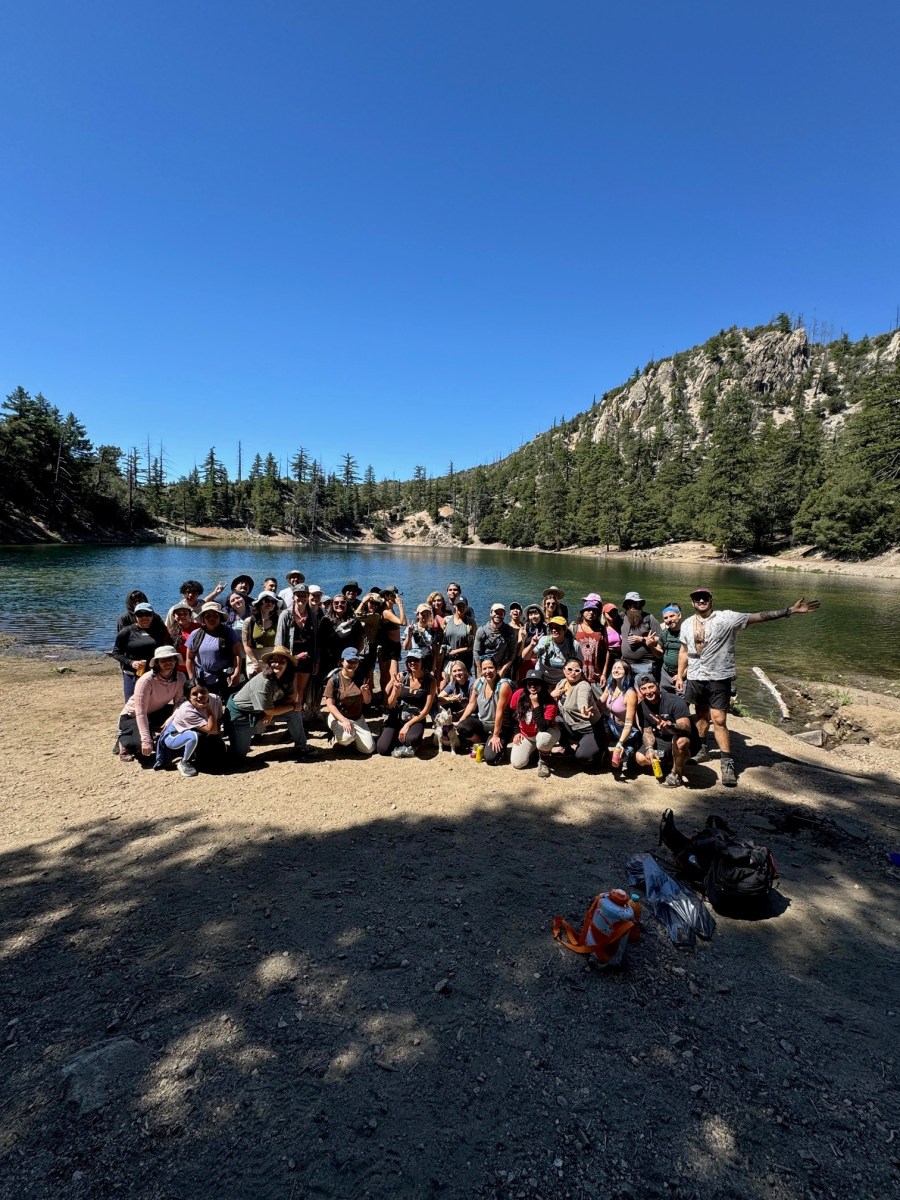
It takes a village
In hosting smaller events early during We Explore Earth’s beginning, Vazquez quickly met like-minded individuals who shared his passion for the outdoors and community. The nonprofit has since has garnered thousands of followers on its Instagram, and it’s the result of volunteers and leading members sharing the word.
“We always reference it as a plant and a lot of us individuals who are people of color are the roots of it. We’re just nurturing it, and a new root is growing here and there,” Vazquez said.
Among the leaders of the nonprofit who help Vazquez with the organization are co-leader Armando Rodriguez and workshop leader Michel Gonzales. Both became heavily involved with the group about four years ago and since have shared their unique expertise with other members.
“I felt that we gravitated towards the same goals of exploring, going out on adventures and at the same time, taking care of the trails that we so much enjoy,” said Armando Rodriguez whose focus lies in wilderness awareness and photography.
Gonzales said her quest for a sense of community blossomed into her becoming a leading participant of the organization who leads empowerment and healing-focused workshops
“I started getting involved with them because of how heart-centered this organization is,” Gonzales said. “At We Explore Earth, we always say we love you because this community loves you and loves, loves the outdoors, as well.”
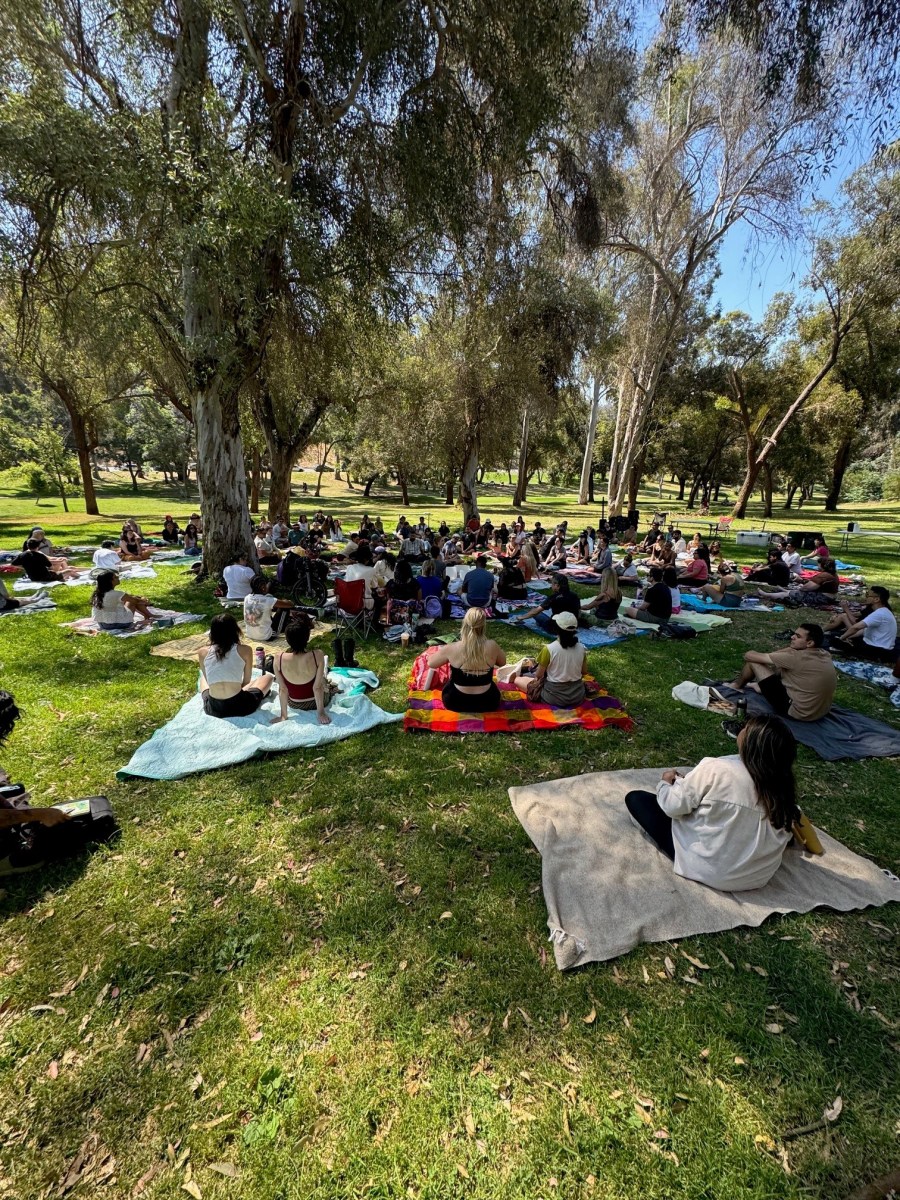
A welcoming environment
The nonprofit’s emphasis on welcoming newcomers has typically garnered new faces during nearly each one of its events. Although the group hosts outings with activities that may seem more intermediate to expert-level, its leaders are always ready to offer guidance to not only make new participants feel included, but also to navigate them safely.
“It’ definitely a safe space to explore the outdoors and going on hikes,” Rodriguez said. “You know, going solo has its risks in getting lost, getting injured and maybe not being able to know what to do in those scenarios. Going in with a group of people gives you the confidence of trusting your limitations and learning from others.”
In addition to knowledge learned at the organization’s events, participants have been known to leave with a new sense of community and connections.
“(Newcomers) start connecting and they start coming to these events together,” Gonzales said. “So, you build a community. You build friendships, and you build a safe net around this community.”
One thing We Explore Earth’s founder wishes participants walk away from after experiencing their events is the certainty that they have a place of belonging.
“I hope that they take home with them that this for them,” Vazquez said of those who join his organization’s events. “It’s for everyone, it doesn’t matter the color, their size, anything. It’s meant for everybody.”
To learn more about We Explore Earth and to keep up with its scheduled events, click here.

[ad_2]
Source link
-

 News9 months ago
News9 months ago6 Ways To Attract a Rich Girl of Your Dream
-

 Finance8 months ago
Finance8 months agoWhich credit card is best for small businesses?
-

 Finance8 months ago
Finance8 months agoBest Business Credit Cards With 0% APR – February 2024
-

 Finance8 months ago
Finance8 months agoHow To Apply For A Chase Business Credit Card
-

 Finance9 months ago
Finance9 months agoLowe’s Credit Card: New Discounts on Lowe’s Purchases
-

 Finance8 months ago
Finance8 months agoLimited Time: Sign up for Chase Freedom Unlimited for a Year of Unlimited Cash Back!
-

 Entertainment9 months ago
Entertainment9 months agoNetflix Schedule January 2024
-

 Tech9 months ago
Tech9 months agoApple Vision Pro: $3,499 headset finally has a release date



